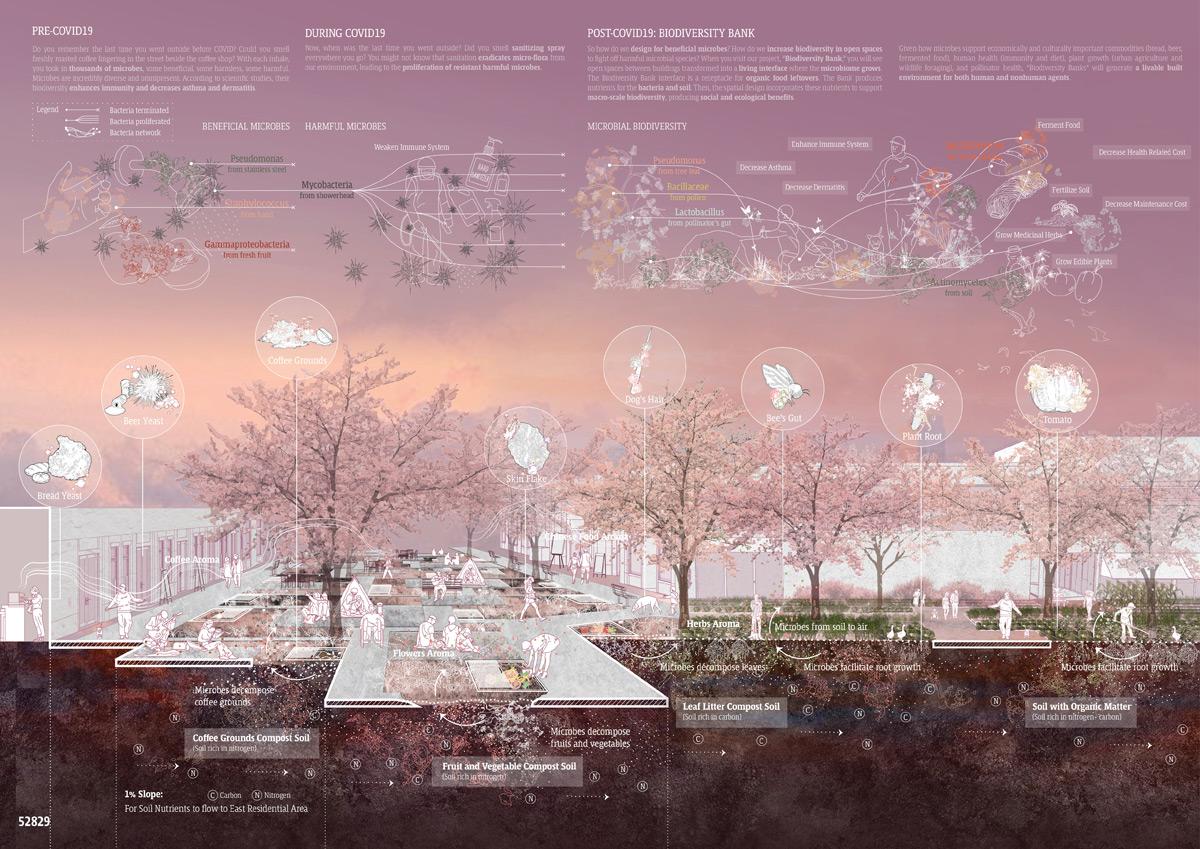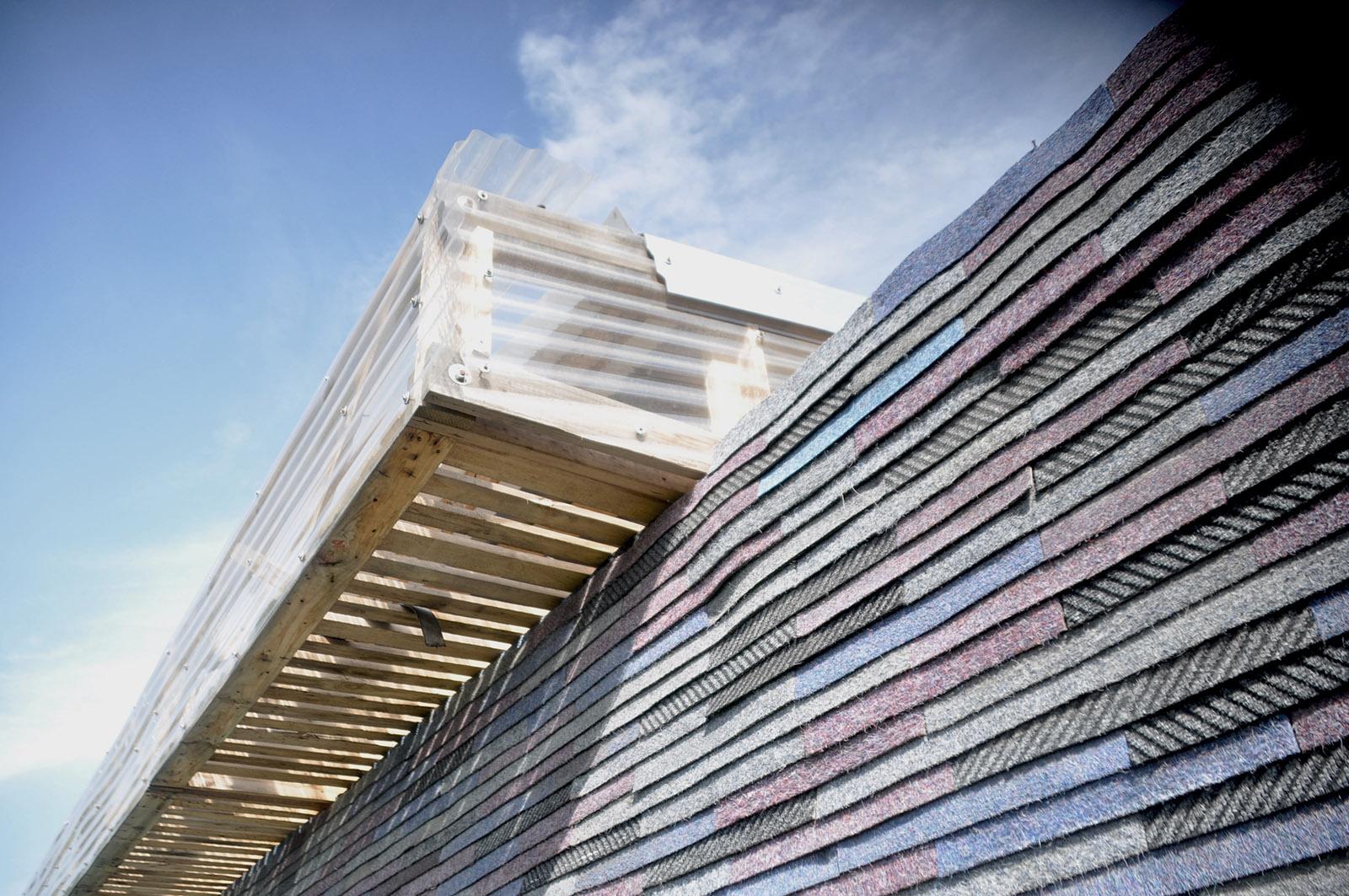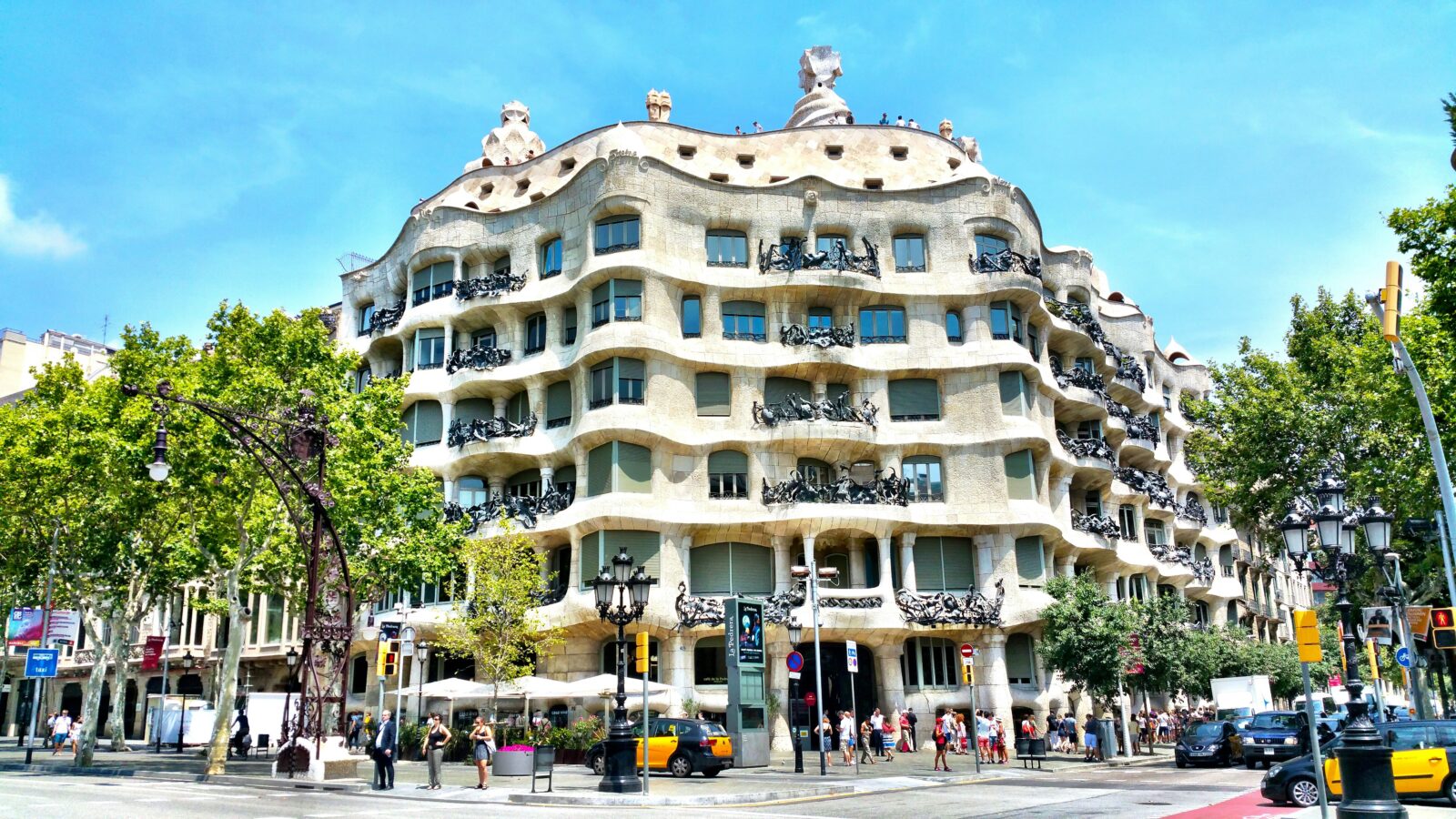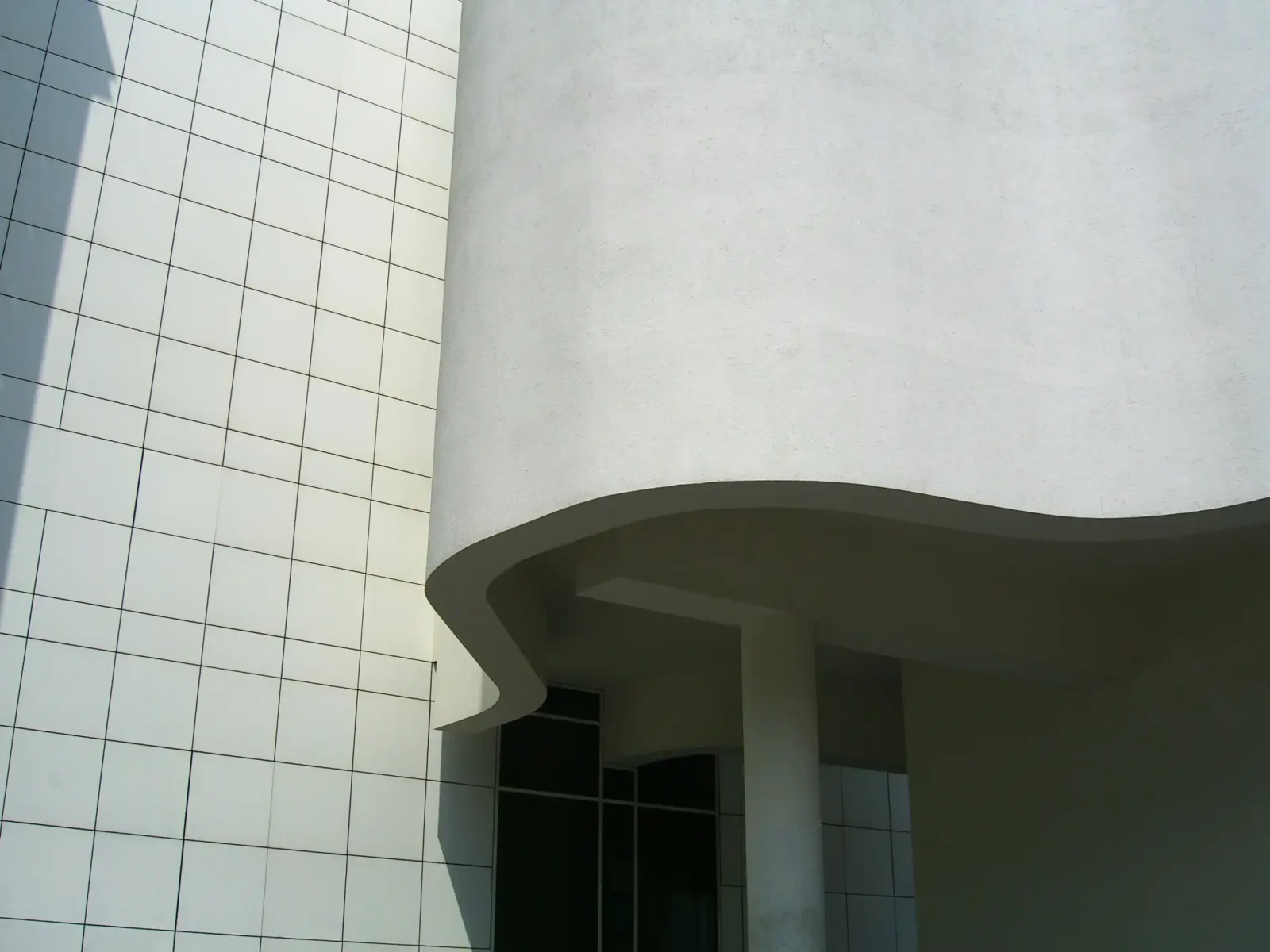- Home
- Articles
- Architectural Portfolio
- Architectral Presentation
- Inspirational Stories
- Architecture News
- Visualization
- BIM Industry
- Facade Design
- Parametric Design
- Career
- Landscape Architecture
- Construction
- Artificial Intelligence
- Sketching
- Design Softwares
- Diagrams
- Writing
- Architectural Tips
- Sustainability
- Courses
- Concept
- Technology
- History & Heritage
- Future of Architecture
- Guides & How-To
- Art & Culture
- Projects
- Interior Design
- Competitions
- Jobs
- Store
- Tools
- More
- Home
- Articles
- Architectural Portfolio
- Architectral Presentation
- Inspirational Stories
- Architecture News
- Visualization
- BIM Industry
- Facade Design
- Parametric Design
- Career
- Landscape Architecture
- Construction
- Artificial Intelligence
- Sketching
- Design Softwares
- Diagrams
- Writing
- Architectural Tips
- Sustainability
- Courses
- Concept
- Technology
- History & Heritage
- Future of Architecture
- Guides & How-To
- Art & Culture
- Projects
- Interior Design
- Competitions
- Jobs
- Store
- Tools
- More
The Secret to Successful Architectural Compositions

The sphere of architecture is a unique amalgamation of art and science, where aesthetic considerations rub shoulders with structural integrity, functionality, and context. The ever-elusive ‘perfect composition’ is what every architect aspires to achieve, yet it often remains just that—elusive. What, then, is the secret to successful architectural compositions? While the answer can vary depending on individual style and the nature of a given project, there are certain universal principles that can guide the way to success.
Architectural competitions date back to ancient times, most notably in the design of the Acropolis in Athens, and they continue to shape our built environment in profound ways today. These contests are not merely exercises in theoretical design; they are pivotal mechanisms that impact both the profession and the public at large.
Competitions offer architects a unique opportunity to push the boundaries of form, function, and sustainability. They serve as open forums that bring together a diverse set of ideas and design philosophies, inviting professionals, students, and even the general public to solve complex problems and envision new possibilities for our living spaces.
Furthermore, the competitive format places a premium on innovation and creativity, offering participants the freedom to explore without many of the constraints typically found in client-driven projects. Winners receive not just prizes or contracts, but a level of visibility and recognition that can catapult careers and open doors to new opportunities.

Table of Contents
ToggleBalance: The Foundation Stone
Any architectural endeavor’s first requirement is balance. Whether it’s the juxtaposition of form and function or the spatial relationship between various architectural elements, a balanced composition feels ‘right.’ Symmetry is one form of balance, but not the only one. Asymmetrical compositions can also be balanced through the strategic distribution of weight, form, and color. Visual equilibrium can make a building appear more stable, creating a harmonious and pleasing atmosphere.
Scale and Proportion: The Art of Relativity
When various elements relate well to each other in terms of size and proportion, an architectural composition feels coherent. The scale must also be in harmony with its surroundings, whether that’s an urban skyline, a suburban block, or a natural landscape. Proportions rooted in mathematical ratios—such as the golden ratio—can often guide architects toward pleasing compositions. But just as important is an intuitive sense of ‘rightness’ that comes from experience and a keen eye.
Rhythm and Repetition: The Pulse of Design
Repeating design elements or motifs can create a sense of rhythm in architecture, providing a pleasing visual cadence and a sense of unity. However, repetition without variation can become monotonous. Introducing subtle changes or ‘breaks’ in the pattern can keep the eye engaged and create focal points that draw attention.
Material and Texture: The Fabric of Architecture
The materials chosen for a project not only have functional implications but also significantly impact the composition’s visual appeal. The texture, color, and form of materials can provide contrast or harmony, adding layers of complexity to an architectural composition. Effective use of materiality can evoke emotions, create atmospheres, and provide a tactile experience that complements the visual.

Context: The Invisible Hand
Ignoring the context in which a building sits is a recipe for architectural dissonance. Whether it’s the local climate, cultural norms, or historical factors, context should guide the composition. A building that acknowledges its surroundings by either complementing or thoughtfully contrasting them will often be more successful than one that disregards context.
User Experience: The Human Element
Finally, and perhaps most importantly, architecture exists for people. A building could be stunning to look at, but if it fails to meet the needs of its inhabitants or visitors, can it truly be considered successful? User experience should always be a primary consideration in architectural design, affecting everything from layout to materials, and from lighting to accessibility.
There is no single ‘secret’ to successful architectural compositions, but rather a collection of principles and considerations that, when applied thoughtfully, can lead to extraordinary outcomes. Balance, scale, rhythm, materiality, context, and human experience all contribute to the making of a successful architectural composition. By acknowledging and incorporating these elements, architects can move closer to hitting that ever-elusive mark of perfection.

Submit your architectural projects
Follow these steps for submission your project. Submission FormLatest Posts
The Ultimate Guide to Fencing in North Dakota: Choosing the Best Fence for Your Property
Watching a chain link fence twist in 70 mph winds near Minot...
Gaudí: Where Architecture Meets Science
Gaudí: Where Architecture Meets Science shows catenary arches, ruled surfaces, and biomimicry...
How Housing Market Forces Shape Architectural Design Today
Architecture never exists in isolation. Buildings rise from a mix of ambition,...
Why Portable Formaldehyde Gas Detectors Matter on Construction Sites
As construction practices shift toward more enclosed and material-intensive environments, the risk...












Leave a comment